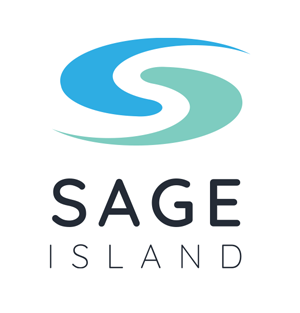From startups to multinational corporations, businesses rely on a myriad of marketing metrics to navigate their strategies and achieve substantial growth. Understanding the right metrics to track and analyze is crucial for companies looking to enhance their online presence and performance.
In this post, we’ll explain why the data behind your campaigns matters. Plus, we’ll dive into the key metrics you should give your attention to when determining the success of your digital marketing efforts.
Why Marketing Metrics Matter
Digital marketing offers an unprecedented level of data and measurability. Unlike traditional marketing methods, digital channels provide real-time insights into customer behaviors, campaign performance, and overall marketing effectiveness.
By harnessing these insights, businesses can make informed decisions that lead to the following:
- Better resource allocation
- Improved customer targeting
- Higher returns on investment
Like anyone trying to grow a business, you want to know that your digital marketing budget is creating positive returns. In the next section, we’ll dive into the metrics you should analyze to determine the success of your efforts.
Key Marketing Metrics for Enhancing Strategy
In digital marketing, the success of your strategies can often be directly measured and optimized through key performance indicators (KPIs). These metrics provide crucial insights into the effectiveness of your marketing efforts, helping you to make data-driven decisions that can significantly improve business outcomes.
Below, we explore ten fundamental metrics that every marketer should monitor regularly to enhance strategy, optimize spend, and drive growth.
1. Conversion Rate
The conversion rate remains one of the most telling metrics in digital marketing. It measures the percentage of users who have completed a desired action on your website, such as making a purchase or signing up for a newsletter.
Improving your conversion rate often involves refining your website’s user experience, enhancing call-to-action buttons, and optimizing landing pages.
2. Traffic Sources
Understanding where your traffic comes from—be it organic search, social media, email marketing, or direct visits—can provide insights into which channels are most effective for your business. This metric helps marketers allocate budget more efficiently and tailor content strategies to capitalize on the most fruitful sources.
3. Click-Through Rate (CTR)
CTR indicates the percentage of people who click on a specific link compared to the total number of people who see the link. In PPC campaigns, a high CTR means that your ads are well-targeted and appealing to your audience. Improving your CTR can involve A/B testing ad copy, adjusting imagery, or refining target demographics.
4. Bounce Rate
The bounce rate shows how many visitors leave your website after viewing only one page. A high bounce rate might suggest that your landing pages are not relevant to what visitors are searching for or that your page loading times are slow. Addressing these issues can significantly enhance user engagement and retention.
5. Customer Acquisition Cost (CAC)
CAC is essential for evaluating the efficiency of your marketing efforts and determining the total expense required to acquire a new customer. By reducing CAC, businesses can maximize their profits and invest more confidently in their marketing strategies.
6. Engagement Rate
This metric measures the level of engagement that content or campaigns receive from your audience, including likes, comments, shares, and other interactions. High engagement rates often indicate content resonance and can influence future content strategies.
7. Average Order Value (AOV)
AOV tracks the average dollar amount spent each time a customer places an order on a website. By increasing AOV, businesses can boost their revenues without necessarily increasing the number of customers.
8. Return on Investment (ROI)
ROI is a critical measure of profitability that calculates the return of a specific marketing initiative relative to its cost. Understanding ROI helps marketers justify marketing spend and prioritize investments that generate the best financial returns.
9. Retention Rate
The retention rate measures how well a business keeps its customers over a period. This metric is crucial for long-term business growth, as retaining customers typically costs less than acquiring new ones.
10. Net Promoter Score (NPS)
NPS assesses customer satisfaction and loyalty by asking customers how likely they are to recommend a company’s products or services to others. This score helps businesses gauge overall customer sentiment and loyalty, guiding improvements in customer service and product offerings.
Turning Insights into Actions for Measurable Success
Digital marketing can be challenging for businesses large and small. However, any business can see substantial growth with the right metrics and expertise.
At Sage Island, we specialize in turning data into actionable insights. Our team of digital marketing experts works closely with clients to monitor these metrics and more, using them to refine strategies and enhance overall marketing performance.
Whether it’s through improving SEO practices, crafting compelling PPC campaigns, or optimizing social media outreach, our goal is to ensure your marketing investments are cost-effective and impactful.
Contact us today to learn how we can transform your digital marketing efforts into a powerhouse for business growth. Fill out the contact form OR give us a call at (910) 509-7475.

